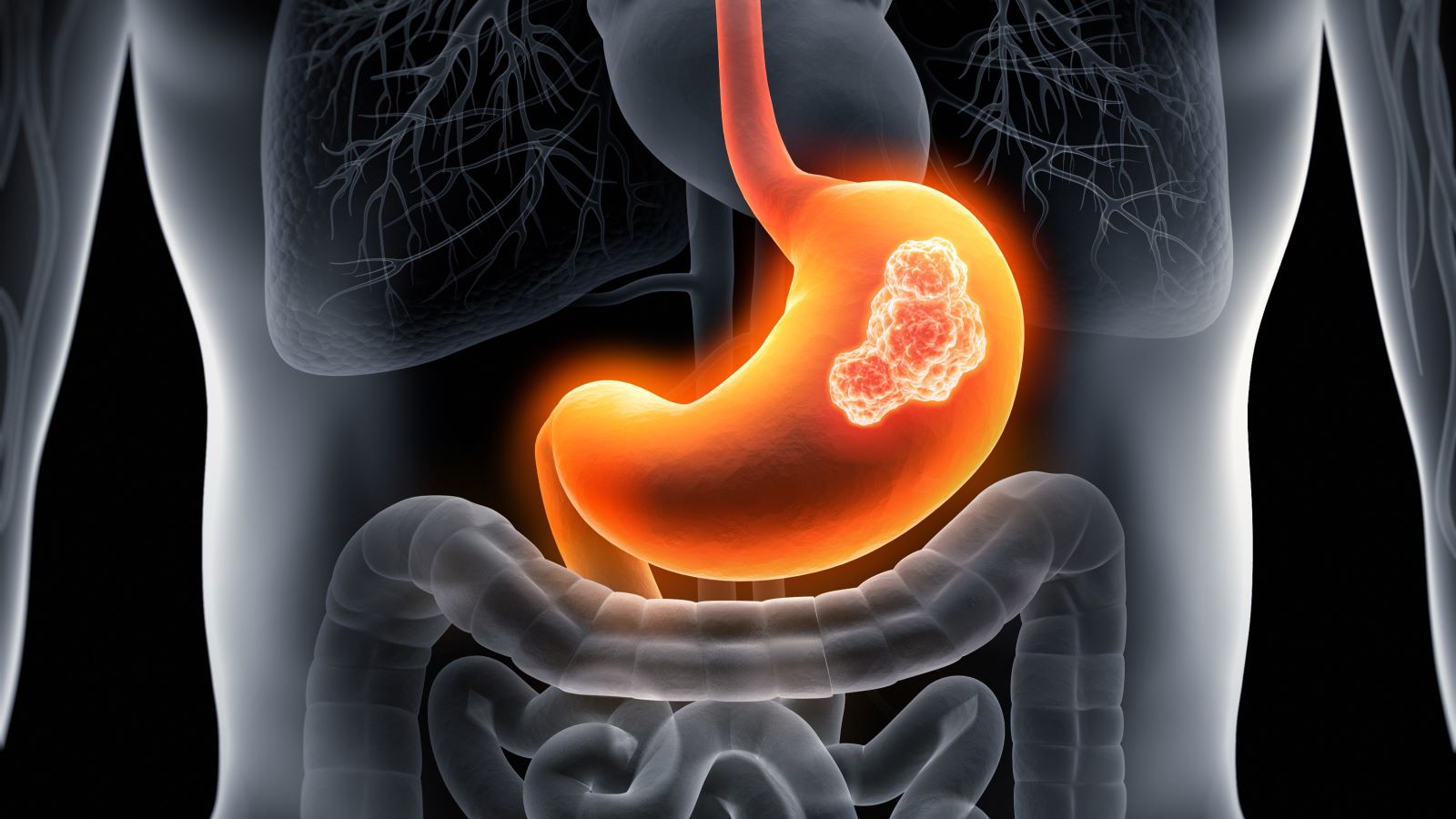Senthil Kumar, Medical Oncologist at Red Hills Chennai, shared a post on X:
“Comprehensive First-, Second-, and Third-Line Treatment in Advanced/Metastatic Gastric & GEJ Cancer —
Molecular and Clinical Stratification
Patient Selection Based on Biomarkers:
HER2 Overexpression:
First-line trastuzumab-based therapy;
T-DXd, zanidatamab in later lines. PD-L1 Expression (CPS Thresholds):
CPS >1: Consider pembrolizumab + chemotherapy. CPS >5:
Consider nivolumab + chemotherapy (also tislelizumab or sintilimab + chemo based on RATIONALE-305/ORIENT-16).
MSI-High/dMMR:
First-line: Single-agent immunotherapy (pembrolizumab, dostarlimab, or nivolumab + ipilimumab) is an option.
Immunotherapy plus chemotherapy can also be considered.
Second-line: Immunotherapy (± chemo) can be added if not included in first-line.
Claudin 18.2 (CLDN18.2): Zolbetuximab-based regimens in CLDN18.2-positive tumors.
FGFR2, MET, NTRK: Emerging targets with investigational agents in select cases.
Key Clinical Considerations for Therapy Selection:
Performance Status (ECOG ≤2):
Disease Burden (Visceral, CNS Metastases):
Toxicity Profiles: — First-Line Therapy Strategies
HER2-Negative, PD-L1 Positive Gastric & OGJ Tumors CPS >1:
Consider pembrolizumab + chemotherapy. CPS >5:
Consider nivolumab + chemotherapy.
CheckMate 649 (Nivolumab + Chemo vs. Chemo Alone): OS (CPS ≥5): 14.4 vs. 11.1 months (HR 0.70; p < 0.0001).
PFS: 8.3 vs. 6.1 months (HR 0.68; p < 0.0001).
KEYNOTE-859 (Pembrolizumab + Chemo vs. Chemo Alone):
OS: 12.9 vs. 11.5 months (HR 0.78; p = 0.0007).
HER2-Positive Gastric/GEJ Cancer For HER2-positive, CPS ≥1 tumors:
Trastuzumab + pembrolizumab + chemotherapy.
For HER2-positive, CPS <1 tumors:
Trastuzumab + chemotherapy.
TOGA Trial (Trastuzumab + Chemotherapy vs. Chemo Alone):
OS: 13.8 vs. 11.1 months (HR 0.74; p = 0.0046).
KEYNOTE-811 (Pembrolizumab + Trastuzumab + Chemo vs. Placebo + Trastuzumab + Chemo):
ORR: 74.4% vs. 51.9% (p = 0.00006).
No role for upfront lapatinib or pertuzumab in HER2-positive cases.
MSI-High/dMMR Tumors KEYNOTE-062 (Pembrolizumab vs. Chemo in MSI-H Tumors):
OS: 17.4 vs. 10.8 months (HR 0.69; p = 0.0075). PFS: 6.6 vs. 6.6 months (HR 0.94).
CheckMate 649 (Nivolumab + Chemo in MSI-H Patients): OS: 38.7 vs. 12.3 months (HR 0.28).
ATTRACTION-4 (Nivolumab + Chemo vs. Chemo Alone): PFS: 9.5 vs. 6.9 months (HR 0.68; p < 0.0007).
Chemotherapy Backbone Choices Preferred Doublets:
FOLFOX, CAPEOX, S-1 + oxaliplatin, S-1 + cisplatin (platinum + 5-FU analog).
Elderly/Frail Patients: Single agents (5-FU ± leucovorin, capecitabine, irinotecan, weekly paclitaxel).
Triplets generally avoided due to toxicity. —
Second-Line Therapy Considerations
HER2-Positive Progression DESTINY-Gastric02 (Trastuzumab Deruxtecan in Second-Line):
Demonstrated survival benefit for T-DXd in patients progressing on first-line therapy.
Anti-VEGFR2 Therapy RAINBOW (Ramucirumab + Paclitaxel vs. Paclitaxel Alone): OS: 9.6 vs. 7.4 months (HR 0.81).
PFS: 4.4 vs. 2.9 months (HR 0.63). Fruquintinib + Paclitaxel (FRUTIGA Trial):
PFS: 5.55 vs. 2.73 months (HR 0.65). ORR: 42.5% vs. 22.4%. Zanidatamab (HER2-Positive Beyond First-Line):
Active in patients progressing on trastuzumab-based therapies. For MSI-High/dMMR Tumors:
If ICI was not used upfront, add nivolumab or pembrolizumab (± chemo).
For CLDN18.2-Positive Tumors: Consider zolbetuximab-based regimens.
Other Second-Line Chemotherapy Options: Docetaxel, Irinotecan, or FOLFIRI depending on tolerance and prior treatments. —
Third-Line & Beyond
TAS-102 (Trifluridine/Tipiracil) TAGS Trial (TAS-102 vs. Placebo in Refractory Disease):
OS: 5.7 vs. 3.6 months (HR 0.69). Nivolumab ATTRACTION-2 (Nivolumab vs. Placebo):
Demonstrated OS benefit in heavily pretreated gastric cancer.
T-DXd in Third Line DESTINY-Gastric01 (Trastuzumab Deruxtecan in Third-Line):
OS: 12.5 vs. 8.4 months (HR 0.59). ORR: 51% vs. 14%.
Other Third-Line Options
Apatinib, Regorafenib in select refractory settings. Zanidatamab in HER2+ disease (under investigation). —
Takeaway Clinical Insights
First-Line:
HER2+: Trastuzumab-based therapy remains standard, with KEYNOTE-811 supporting pembrolizumab addition in CPS ≥1.
PD-L1 CPS >1: Consider pembrolizumab + chemo.
PD-L1 CPS >5: Consider nivolumab + chemo; tislelizumab or sintilimab (RATIONALE-305/ORIENT-16).
MSI-High/dMMR: Single-agent immunotherapy or immuno-chemo combinations are viable. Second-Line:
HER2+ progression: T-DXd (DESTINY-Gastric02) improves survival.
Anti-VEGFR2 in HER2-: Ramucirumab + paclitaxel (RAINBOW) remains key.
Fruquintinib (FRUTIGA) emerging as an option.
CLDN18.2+: Zolbetuximab-based therapy.
MSI-High/dMMR: Immunotherapy if not used upfront.
Third-Line & Beyond:
TAS-102 (TAGS) remains standard in refractory patients.
Nivolumab (ATTRACTION-2) improves OS late-line.
T-DXd (DESTINY-Gastric01) for HER2+ disease.
Apatinib, Regorafenib possible in select refractory cases.”
